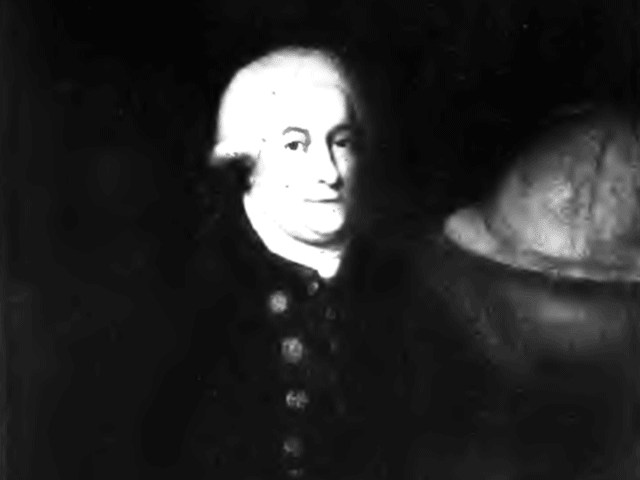<![CDATA[An anchor being deep cleaned in Texas this week, could reveal a great deal about the first British explorations of the North-West Pacific. The barnacle ravished artefact has travelled some 2,200 miles to be restored by experts at Texas A&M University’s Maritime Archaeology and Conservation Department. The anchor was discovered in 2008 just north of Seattle near Whidbey Island. Fisherman Doug Monk was collecting sea cucumbers when the air hose from his diving gear got caught on a large chunk of rested metal. After following the hose he discovered a ships anchor that was over nine feet long. He teamed up with amateur historian Scott Grimm to research the anchor, and the two believe it is from HMS Chatham. Last month they obtained the legal rights to salvage the anchor, and set it on its journey to be examined in Texas. Their belief that it is the anchor from the Chatham is a controversial one. The ship’s log books record that the ship lost its anchor on 9th June 1792, and the superficial inspections of the discovered anchor suggest it is over two hundred years old, and the right size for the ship and time. However, historians generally believe the ship lost its anchor thirty miles away, in the Bellingham Channel off of Cypress Island. HMS Chatham was the service ship that accompanied the HMS Discovery on its four year expedition around the Pacific Northwest. The mission was launched in 1791 and led by George Vancouver. Vancouver’s mission, which was funded by the British Crown, was to comprehensively survey the territory. The consequences of the mission can still be seen today. Many landmarks and features of the area are named after Vancouver’s friends and associates. Coincidentally, the Puget Sound, the body of water where the anchor was discovered, was named after Peter Puget, the man who would eventually captain the Chatham. Vancouver’s expedition was hugely significant to opening the North West to trade and settlement. The quality of his navigation was remarkable for its time, and his charts often form the basis of modern maps of the region. He was distinct in having generally good relationships with the regions indigenous populations, to the extent that native tribes played a key role in helping him chart the area. The popular legacy of the expedition explains why there is still such a strong interest in finding any relics that are related to it. Any artefacts, even discarded anchors, are viewed as connections to a defining period of U.S. and Canadian History. From place names to objects, they help people construct an image of how North America was shaped into what it is today. The vigour with which Grimm and Monk have pursued there claims is a testament to this. It has been six years of hard work for them, from finding the anchor to lifting it from the water. They have gone to great lengths to prove their claims, including asking weather experts to model eighteenth century weather and currents, and working through English court documents that are hundreds of years old. Remember, these are two enthusiasts, not paid historians, who have invested their own time and money in finding about this period of history. The analysis in Texas will hopefully shed some more light on exactly when and where the Chatham lost its anchor. If Monk and Grimm are correct, it will illuminate the journey taken by both the HMS Discovery and Chatham as they helped open up the Pacific North-West.]]>
The Anchor Without a Ship, and the Mapping of America
